Picture this: a tiny ant carrying a crumb ten times its body weight while navigating through a maze of grass blades, or a delicate butterfly crossing hundreds of miles of ocean to reach its destination. These miniature marvels accomplish feats that would make even the most advanced human athletes green with envy. The secret lies not just in their determination, but in an intricate symphony of biological engineering that has been perfected over millions of years of evolution.
The Architecture of Insect Locomotion
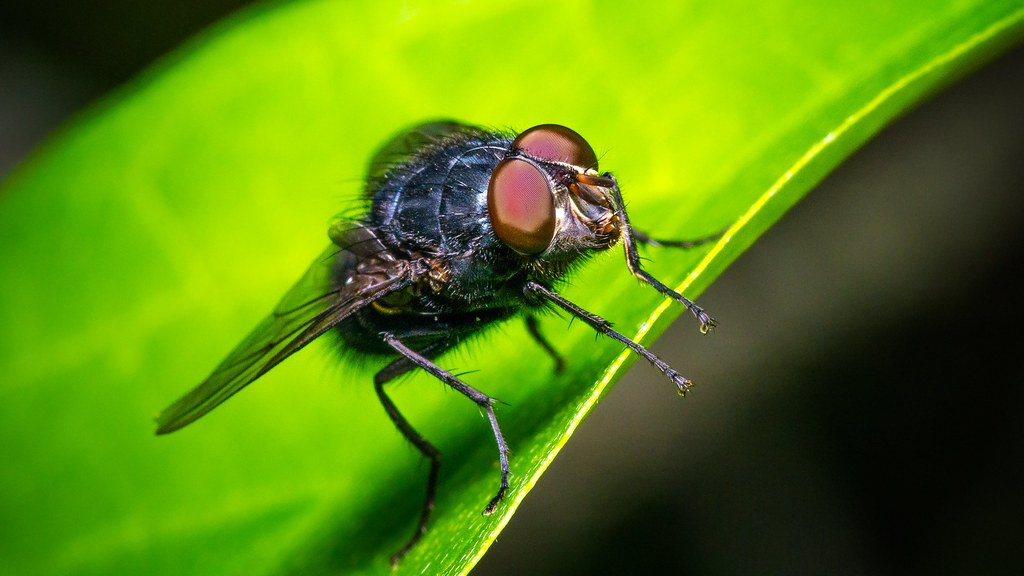
Every insect’s movement begins with a masterpiece of biological engineering that puts human technology to shame. Their legs aren’t just simple appendages – they’re sophisticated machines equipped with joints, muscles, and sensory organs that work in perfect harmony. Each leg contains multiple segments connected by flexible joints, allowing for an incredible range of motion that enables insects to walk, climb, jump, and even swim with remarkable precision.
The muscle system powering these tiny limbs operates on principles that seem almost magical. Unlike human muscles that pull on bones, insect muscles work through a complex system of levers and hydraulic pressure that can generate forces many times their body weight. This explains how a grasshopper can launch itself forty times its body length into the air, or how a flea can accelerate faster than a rocket ship during takeoff.
Walking Patterns That Defy Logic

When you watch an insect walk, you’re witnessing one of nature’s most elegant solutions to the challenge of coordination. Most insects use a tripod gait – moving three legs at once while keeping the other three planted firmly on the ground. This creates a stable triangle of support that prevents them from toppling over, even when navigating the most treacherous terrain.
What’s truly remarkable is how this pattern adapts to different situations. When an insect needs to move quickly, it can switch to different gaits, much like a horse changing from a walk to a gallop. Some species can even walk backwards or sideways with the same fluid grace, thanks to their nervous system’s ability to coordinate complex muscle movements in real-time.
The Secret of Sticky Feet

Have you ever wondered how a gecko can run up a glass wall, or how a fly can casually stroll across your ceiling? The answer lies in one of nature’s most ingenious inventions: microscopic hairs called setae that cover insect feet. These tiny structures, invisible to the naked eye, create molecular-level attractions with surfaces that allow insects to stick to virtually anything.
Each seta branches into even smaller structures called spatulae, creating millions of contact points with the surface. The combined force of all these molecular attractions is strong enough to support the insect’s weight, yet weak enough individually that the insect can easily lift its foot when needed. It’s like having millions of tiny suction cups that turn on and off at will.
Jump Mechanics That Break Physics
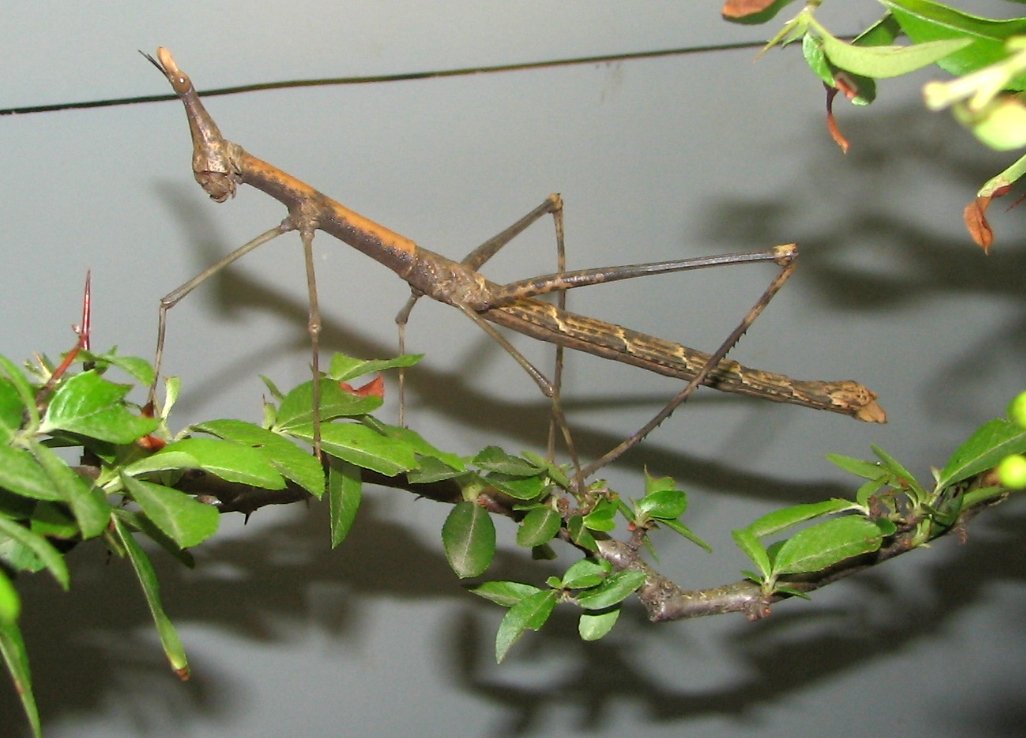
Some insects have turned jumping into an art form that would make Olympic athletes weep with envy. Take the humble flea, for instance – this tiny parasite can accelerate at rates that would kill a human being, reaching speeds of up to 200 times its body length per second. The secret lies in a spring-loaded mechanism that stores energy like a compressed coil and releases it all at once.
Grasshoppers and crickets use a different but equally impressive system, employing their powerful hind legs like biological catapults. They can store energy in their leg muscles and tendons, then release it in a coordinated explosion of power that launches them through the air with pinpoint accuracy. Some species can even adjust their trajectory mid-flight, making course corrections that would impress any pilot.
Swimming Without Fins

While most people think of insects as purely terrestrial creatures, many species have mastered the art of aquatic locomotion. Water beetles use their legs like oars, creating synchronized rowing motions that propel them through water with surprising speed and agility. Their legs are often flattened and fringed with hairs that increase their surface area, making them incredibly efficient paddles.
Water striders have perhaps the most impressive aquatic adaptation of all – they literally walk on water. Their legs are covered in thousands of tiny hairs that trap air bubbles, creating a cushion that distributes their weight across the water’s surface tension. They can even jump on water, using rapid leg movements to create ripples that propel them forward like a living speedboat.
The Art of Aerial Acrobatics

While we often focus on insect flight, many species have developed incredible aerial abilities using just their legs. Some jumping spiders can leap through the air with the precision of a trained acrobat, calculating distance, wind resistance, and landing angles in split seconds. They even produce silk safety lines, like natural bungee cords, to ensure they don’t fall to their doom.
Certain caterpillars have mastered the art of aerial locomotion through a technique called ballooning. They rear up on their hind legs and release silk threads that catch the wind, allowing them to soar through the air like tiny paragliders. This method can carry them for miles, helping them colonize new territories or escape from predators.
Navigation Systems That Put GPS to Shame

The ability to move is useless without knowing where you’re going, and insects have developed navigation systems that would make modern technology jealous. Many species use the sun as a compass, but they’ve solved the problem of the sun’s movement throughout the day by maintaining an internal clock that compensates for the changing position. This biological GPS system is so accurate that it can guide them across vast distances with pinpoint precision.
Some insects take navigation to the next level by using polarized light patterns in the sky that are invisible to human eyes. Even on cloudy days, they can detect these patterns and use them to maintain their heading. Desert ants count their steps and integrate this information with visual landmarks to create detailed mental maps of their territory, allowing them to take the most direct route home after wandering for hours in search of food.
Strength That Defies Belief

The strength-to-weight ratio of insects is nothing short of phenomenal. A common ant can lift objects 50 times its own body weight, while some beetles can pull loads over 1,000 times heavier than themselves. This incredible strength comes from their unique muscle architecture and the physics of scaling – as creatures get smaller, their strength relative to their weight increases dramatically.
This strength isn’t just about raw power; it’s about efficiency and endurance. Many insects can maintain their maximum effort for extended periods without fatigue, thanks to their efficient respiratory system that delivers oxygen directly to their muscles. Watch a dung beetle rolling a ball of dung many times its size, and you’re witnessing one of nature’s most impressive displays of sustained strength and determination.
Speed Demons of the Miniature World
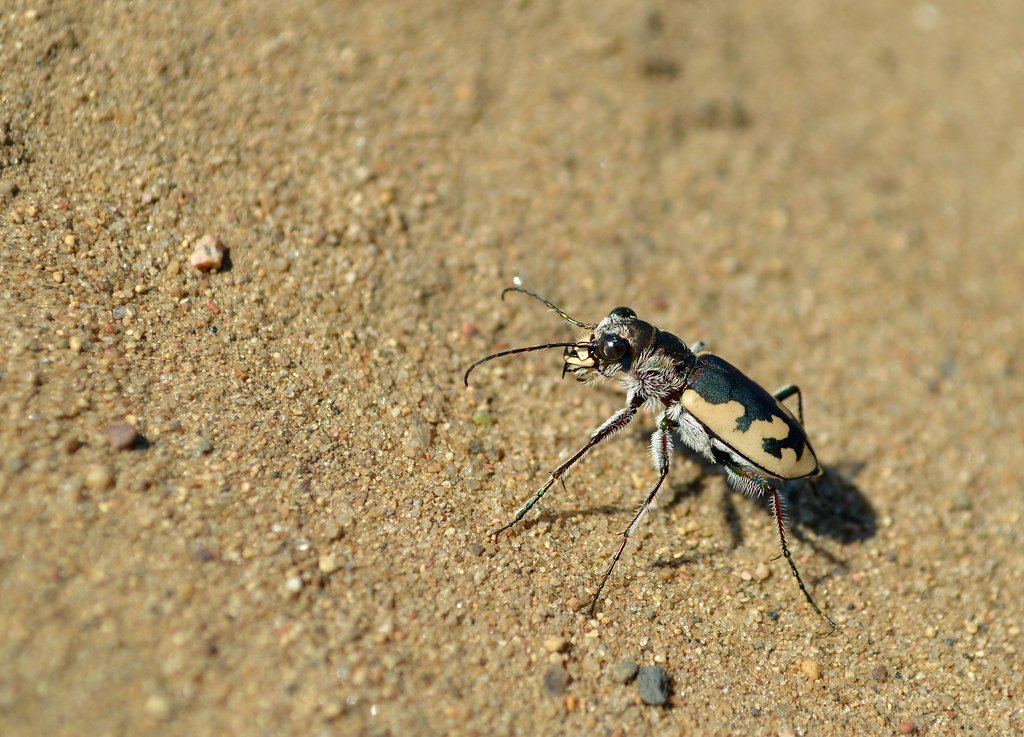
When it comes to speed relative to body size, insects leave every other creature in the dust. Some tiger beetles can run at speeds equivalent to a human sprinting at 480 miles per hour. Their legs move so fast that they actually outrun their own vision, forcing them to stop periodically to relocate their prey before continuing the chase.
The Australian tiger beetle holds the record for fastest land speed relative to body length, covering 171 body lengths per second. To put this in perspective, if a human could match this relative speed, they would be running at over 400 miles per hour. These incredible velocities are achieved through a combination of efficient muscle mechanics, lightweight construction, and nervous systems that can process information at lightning speed.
Climbing the Impossible

Insects have conquered every possible climbing surface, from smooth glass to rough bark to the waxy surfaces of leaves. Their success lies in a combination of specialized foot structures, incredible grip strength, and an intuitive understanding of physics that allows them to distribute their weight and maintain balance in seemingly impossible situations.
Some insects have developed specialized climbing techniques for specific environments. Tree-climbing beetles use their claws like mountaineering spikes, while leaf-climbing species have evolved smooth, adhesive pads that work like biological suction cups. Many species can even climb upside down, defying gravity through a combination of adhesive forces and careful weight distribution.
The Dance of Coordination

Perhaps the most impressive aspect of insect locomotion is the seamless coordination between different body parts. An insect’s nervous system must simultaneously control six legs, maintain balance, process sensory information, and plan future movements – all while navigating complex three-dimensional environments at high speed.
This coordination is achieved through a distributed nervous system that places control centers throughout the body, rather than centralizing everything in the brain. Each leg has its own local control system that can respond to immediate conditions while staying synchronized with the overall movement pattern. It’s like having a team of expert dancers who can improvise individually while maintaining perfect group choreography.
Energy Efficiency Beyond Compare

Insects have mastered the art of energy-efficient locomotion in ways that make human transportation look wasteful. Their lightweight construction, efficient muscle systems, and optimized movement patterns allow them to travel vast distances on minimal energy reserves. Some migrating butterflies can fly thousands of miles using energy stored in a body that weighs less than a paperclip.
The secret lies in their ability to recycle energy during movement. When an insect’s leg hits the ground, elastic elements in their muscles and exoskeleton store energy like springs, then release it during the next step. This biological energy recovery system reduces the metabolic cost of movement by up to 40%, allowing insects to maintain activity levels that would quickly exhaust larger animals.
Sensory Integration in Motion
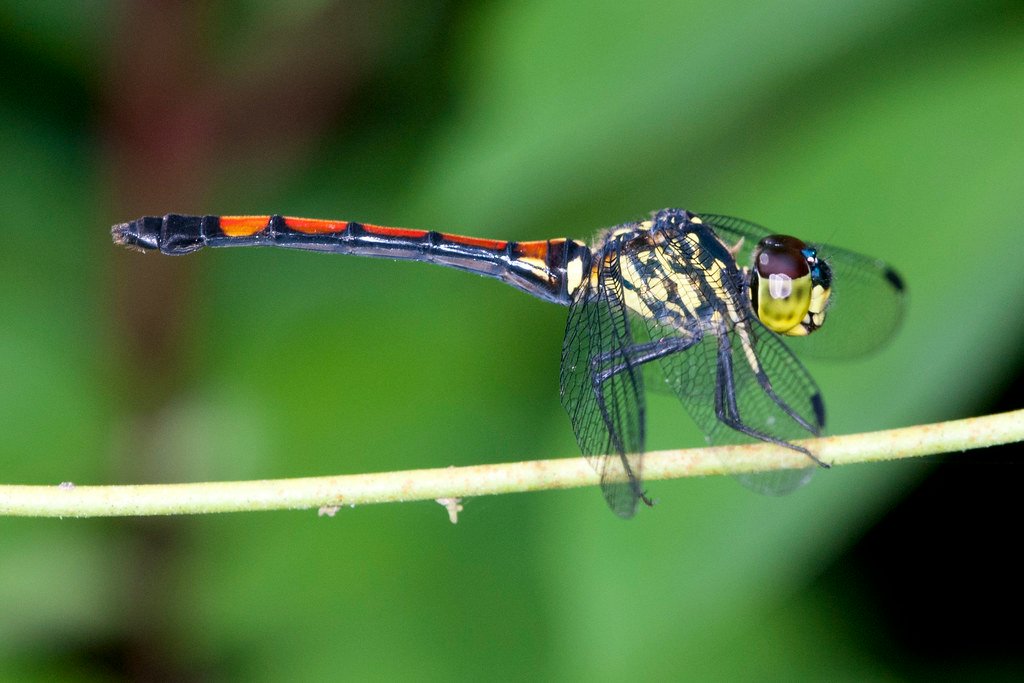
Moving through the world requires constant sensory input, and insects have developed sophisticated systems for integrating information from multiple sources while in motion. Their compound eyes can detect movement, measure distances, and track multiple objects simultaneously, while sensitive antennae pick up chemical trails and air currents that provide navigation cues.
Many insects also have specialized sensors in their legs that can detect vibrations, surface textures, and even chemical compositions of the materials they’re walking on. This sensory information is processed in real-time, allowing them to adjust their movements, change direction, or switch locomotion modes based on immediate environmental conditions.
Adaptation to Extreme Environments

Insects have evolved locomotion strategies that allow them to thrive in environments that would challenge even the most advanced human technology. Desert-dwelling species have developed techniques for moving across shifting sand without sinking, while arctic insects can remain mobile at temperatures that would freeze most other creatures solid.
Some species have even adapted to life in environments with unusual physics, like the high-altitude insects that must deal with thin air and intense UV radiation, or the deep-cave dwellers that navigate in complete darkness using only touch and chemical cues. Each environment has shaped unique locomotion strategies that showcase the incredible adaptability of insect engineering.
The Future of Bio-Inspired Robotics
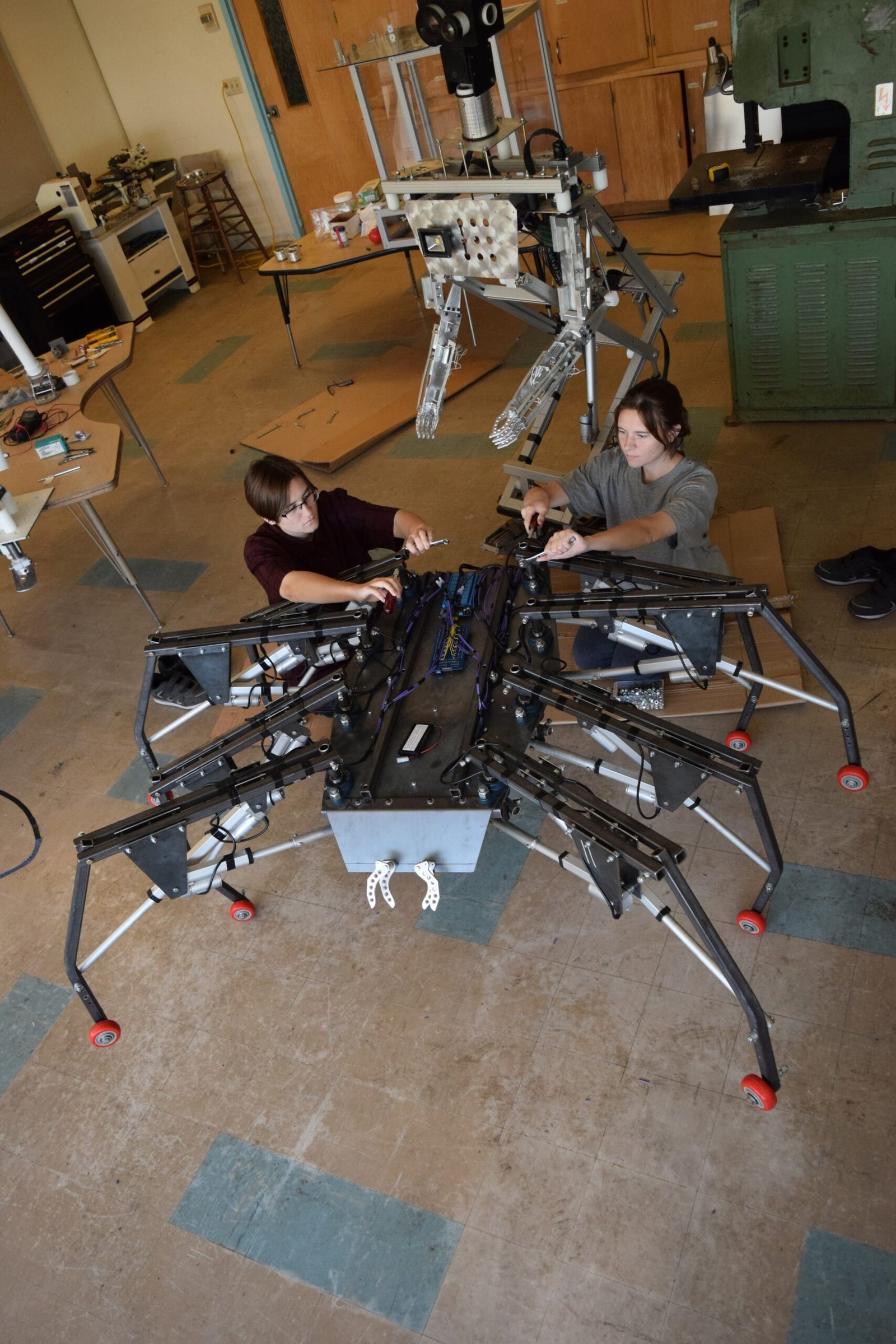
Scientists and engineers are increasingly turning to insects for inspiration in developing new technologies. Researchers are creating robots that mimic insect locomotion patterns, developing new materials based on insect adhesion mechanisms, and designing navigation systems inspired by insect sensory processing.
These bio-inspired innovations are already beginning to appear in practical applications, from search-and-rescue robots that can navigate disaster zones with insect-like agility, to micro-drones that use insect-inspired flight patterns for surveillance and environmental monitoring. The lessons learned from studying insect locomotion may eventually revolutionize how we design everything from prosthetic limbs to space exploration vehicles.
Conservation and the Movement Masters

As human activities continue to alter natural environments, understanding insect locomotion becomes crucial for conservation efforts. Many species depend on their ability to move between different habitats for feeding, mating, and seasonal migration. When we fragment forests or create barriers to movement, we’re disrupting millions of years of evolutionary adaptation.
The decline of insect populations worldwide means we’re losing not just individual species, but entire libraries of biological engineering solutions that could benefit humanity. Every extinct insect species represents the loss of unique locomotion strategies that might have inspired breakthrough technologies or medical treatments. Protecting insect habitats isn’t just about preserving biodiversity – it’s about maintaining access to nature’s most advanced research and development laboratory.
Conclusion
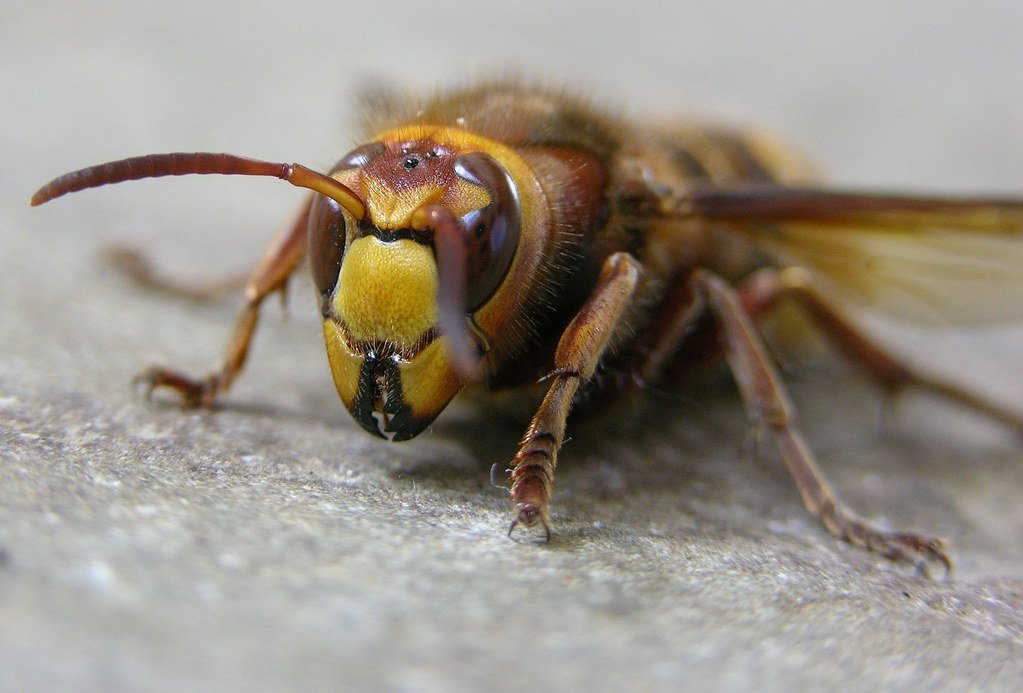
The world of insect locomotion reveals a universe of engineering marvels that operate on principles we’re only beginning to understand. From the molecular-level adhesion systems that allow flies to walk on ceilings to the energy-efficient muscle mechanisms that power marathon migrations, insects have solved movement challenges that continue to baffle human engineers.
These tiny creatures demonstrate that size doesn’t determine capability – in fact, their small scale often provides advantages that larger animals simply cannot match. Their success stories offer lessons in efficiency, adaptation, and innovation that extend far beyond the realm of biology into fields like robotics, materials science, and sustainable technology.
Next time you see an ant carrying a crumb or a beetle scurrying across your path, take a moment to appreciate the incredible complexity of what you’re witnessing. You’re not just watching a simple creature going about its business – you’re observing millions of years of evolutionary engineering in action, witnessing solutions to movement challenges that our most advanced technology is still trying to replicate. What other secrets might these six-legged engineers reveal if we take the time to truly observe their remarkable world?



